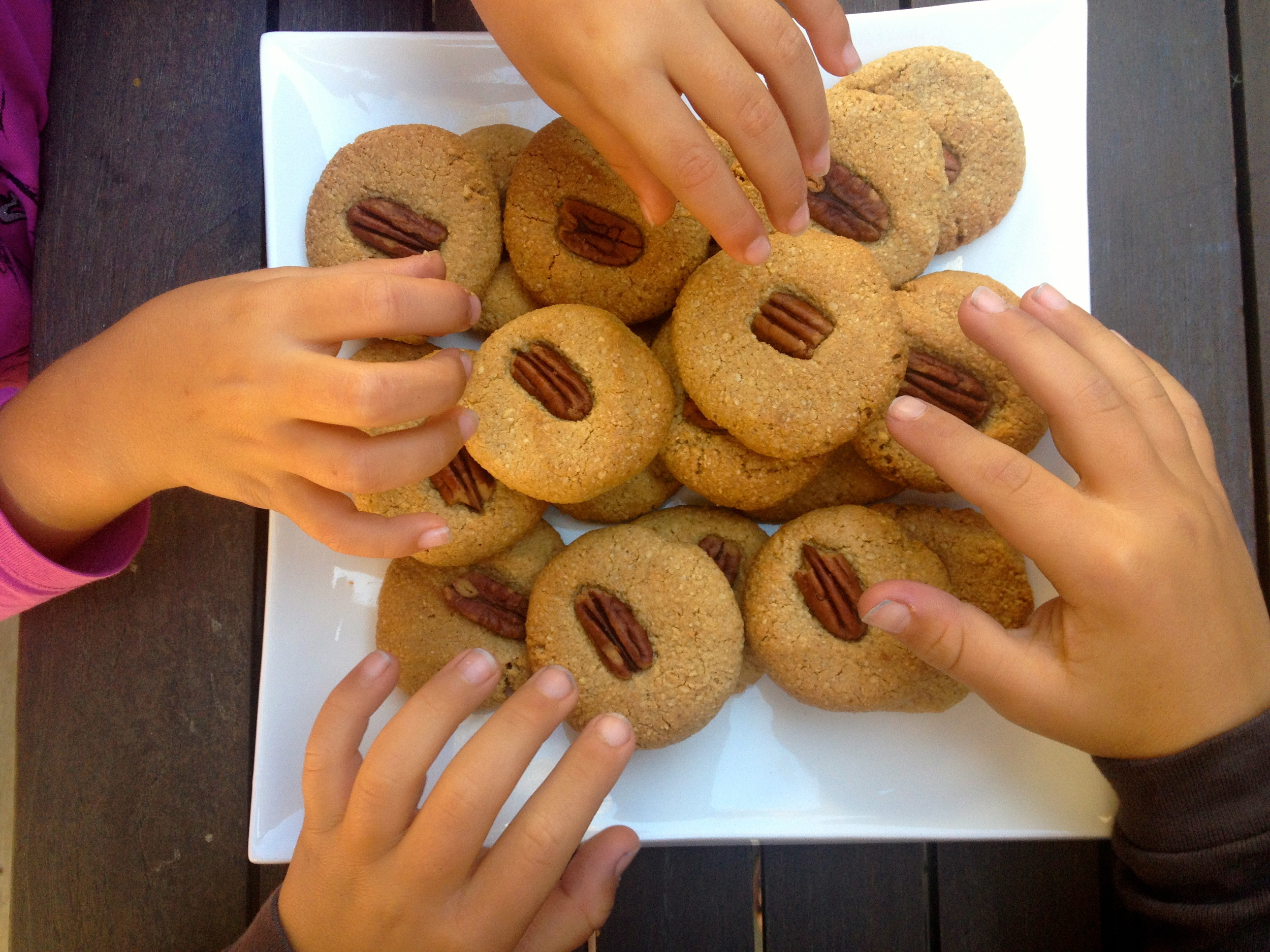Why I Almost Cringe When I Hear The Term “Paleo”
Guest User
I almost cringe when I hear the word “Paleo” being used to describe a food, business, product or a dietary philosophy.
It means so many different things to different people. While it’s original intention was to set the benchmark of what humans are biologically designed and not designed to eat there remains of course disagreement and controversy around the edges. Are we designed to consume dairy? What about grains? And should meat be lean? The paleo diet has certainly evolved and changed since its founder Loren Cordain’s first book The Paleo Diet was published, although strict adherents still exclude dairy and grains on the basis that these foods didn’t exist pre agricultural revolution. But to exclude an entire food group for that reason alone doesn’t make sense to me if the food in question is nutrient-dense, unprocessed, non-toxic, digestible for the individual and delicious. For me, certain dairy items readily tick those boxes so my kids and I enjoy and thrive on those foods. Ditto with small amounts of properly sourced and prepared gluten-free grains.
I am loathe to subscribe to any dietary labels. Instead I advocate an omnivorous diet rich in nutrient-dense whole unprocessed foods properly sourced and prepared. Some wholefood heavyweights like Chris Kresser in the USA call this “Paleo” for short as the aforementioned description is certainly a mouthful (excuse the pun). Fair enough! But I still prefer to be descriptive and factual for the avoidance of doubt and apologies to those who find my verbosity offensive
I’m not at all disparaging those who use the “Paleo” label to describe their dietary philosophy, products, TV shows or business. I always seek to ascertain what a person or business really stands for, regardless of their chosen description. This is why I’m not hung up on labels or organic certification for that matter.
Even if 2 people are in total agreement over what we are and aren’t genetically programmed to eat, each person is still going to tweak their diet to suit their digestive issues, taste preferences, goals, energy expenditure, the climate they live in and stage of their life. So it’s not surprising that there is no one exact size diet that fits all. I think it’s more important that we don’t loose sight of the bigger picture- that if an individual can meet all their nutritional needs from cleanly sourced and properly prepared wholefoods- whatever they may be- then happy days for them! It’s just much harder to achieve this when whole food groups like dairy are excluded but it’s certainly not impossible.
As I’ve mentioned in a recent blog post, we can never hope for a complete reenactment of the diet and lifestyle of our Paleolithic ancestors. The best we can do is try to bridge the gap between our genes (our biology) and our environment (via our lifestyle factors) to inch a little closer to fulfilling our true potential. We can maximise nutrient- dense foods and minimise dietary and environmental toxins. We can move more like our ancestors because that’s how we are designed to function. We can sleep and rise more in line with the sun. We can punctuate our day with more rest and fun. We can train ourselves to breathe through our nose deep into our stomach. We can learn to manage chronic stress. And we can spend an appropriate amount of time in sunshine. Can we ever meet the vibrant health, strength, speed, height and beauty enjoyed by our Paleolithic ancestors? As a society, no, not until we close the gap between our genes and our environment. At a societal level, this is a lofty goal given how far we have fallen down the rabbit hole of physical and mental degeneration, but at an individual level it’s something each and everyone of us can strive for by making small and meaningful lifestyle changes each day. And the more you narrow the gap, the closer you move to vibrant health and happiness for yourself and your children and their children.
Check out what myself, Anthia Koullouros from Ovvio Organics and Leila Lutz from Momentum For Life had to say about the Paleo Diet in this article written by A Wholefood Lover’s Guide to Sydney.










